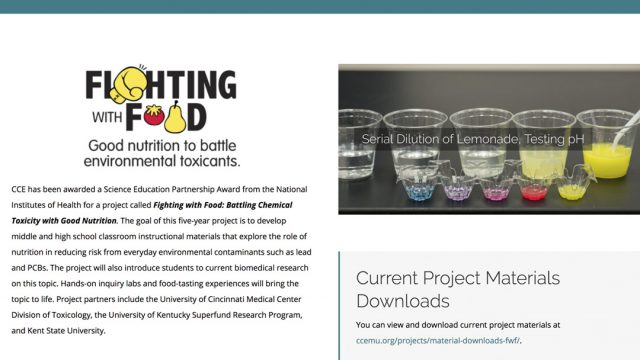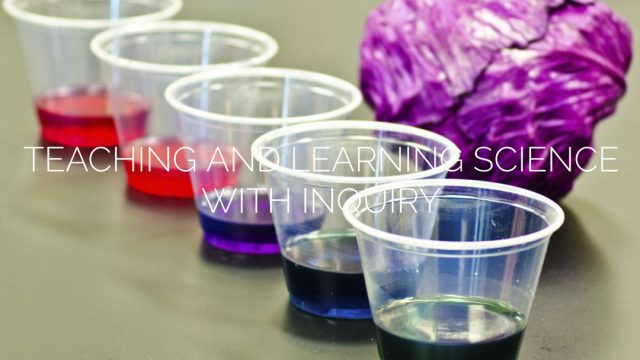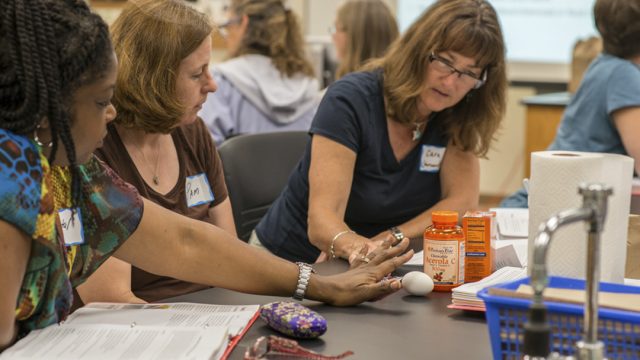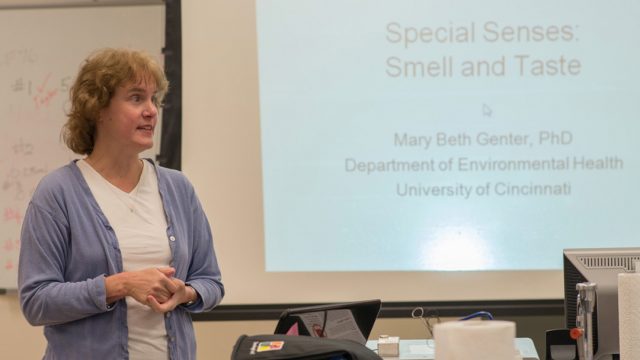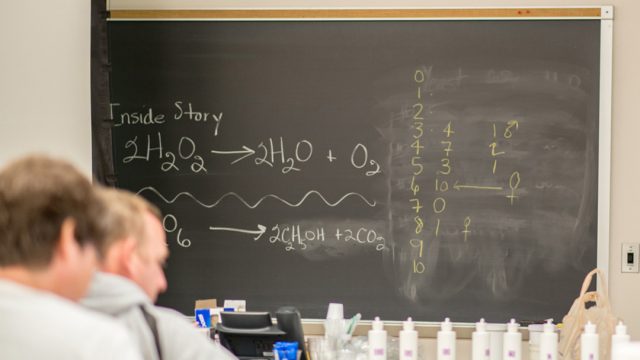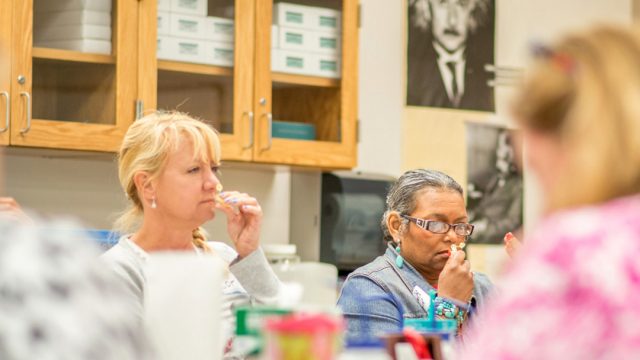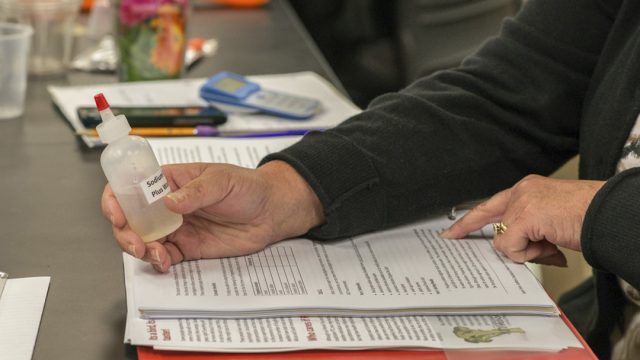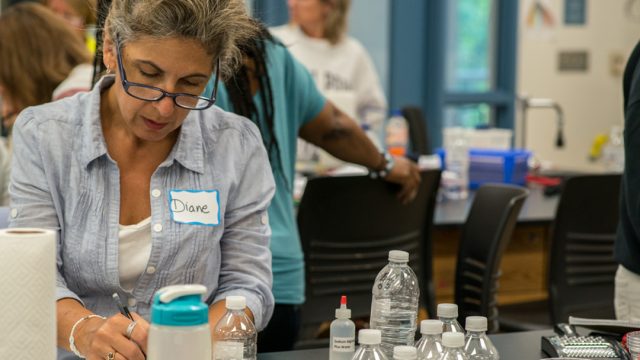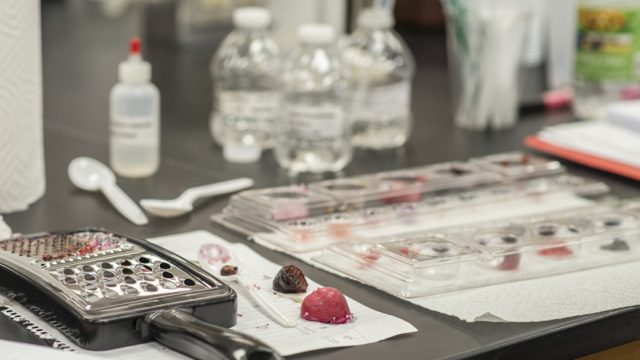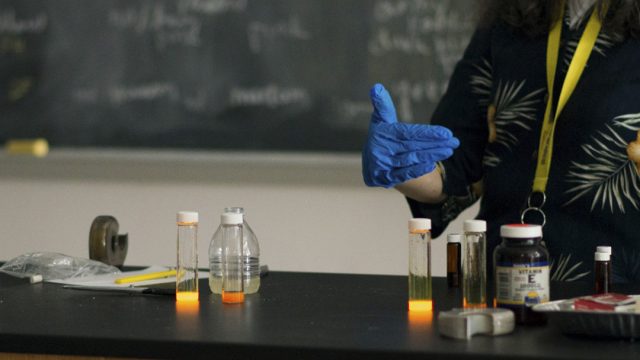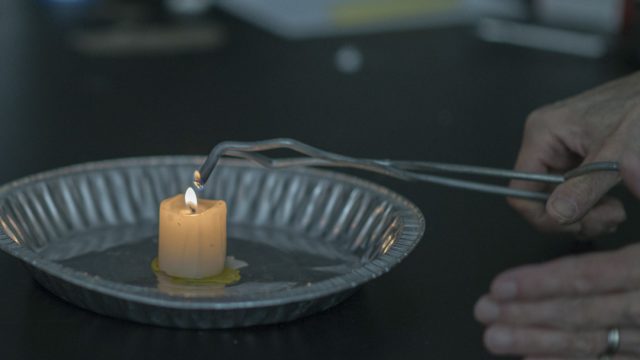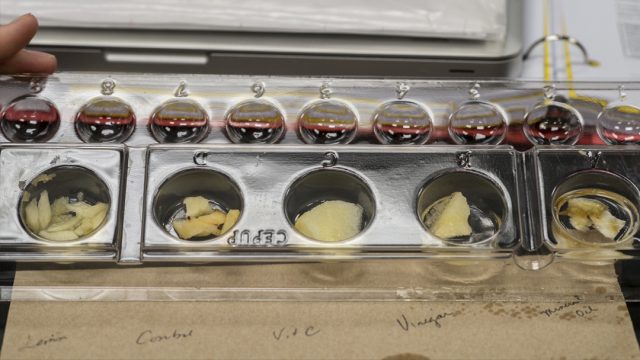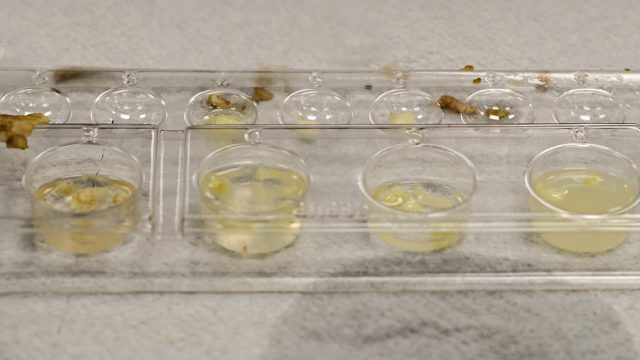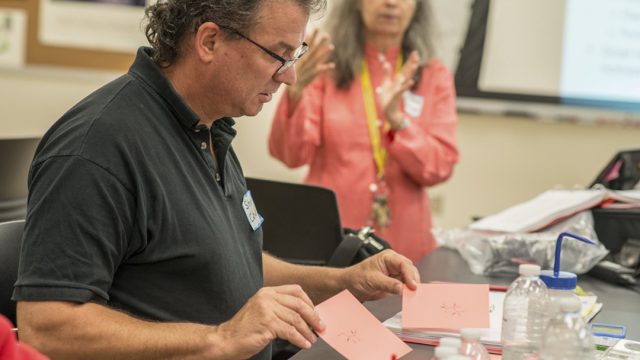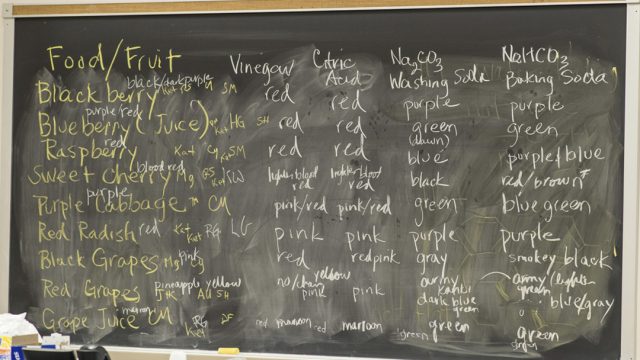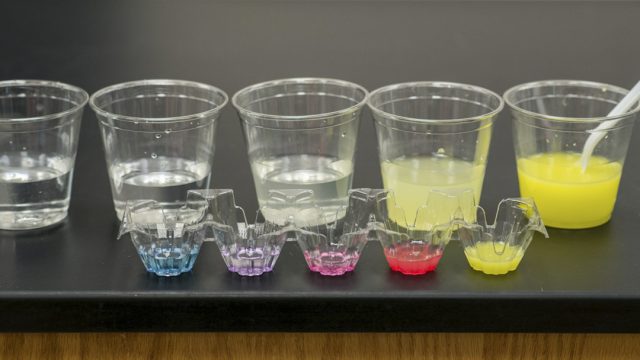Fighting With Food: Battling Chemical Toxicity with Good Nutrition
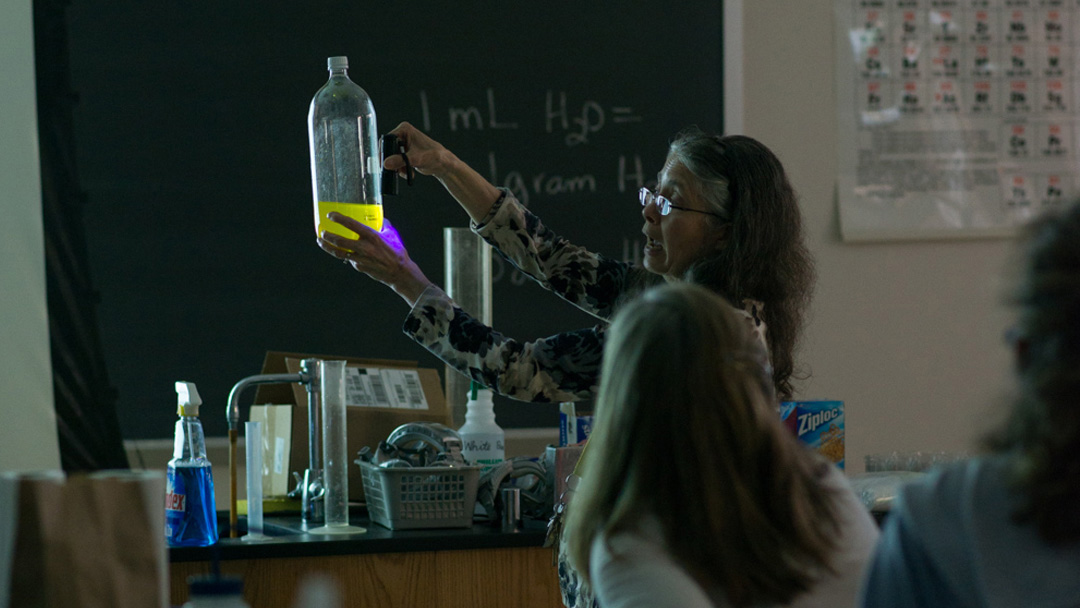
Project Website(s)
-
Project Description
The goal of this five-year project is to develop middle and high school classroom instructional materials that explore the role of nutrition in reducing risk from everyday environmental contaminants such as lead and PCBs. The project will also introduce students to current biomedical research on this topic. Hands-on inquiry labs and food-tasting experiences will bring the topic to life. Project partners include the University of Cincinnati Medical Center Division of Toxicology, the University of Kentucky Superfund Research Program, and Kent State University.
Project Aims
AIM 1: Develop classroom materials for middle and high school that incorporate guided inquiry to explore the topics of nutrition and exposure to toxic chemicals in the environment.
AIM 2: Provide graduate-credit professional development to more than 400 middle and high school science and health teachers, and online professional development to additional teachers.
AIM 3: Engage teachers and students in community outreach in support of improved nutrition.
AIM 4: Conduct a research study on project impact.
AIM 5: Expand public and professional awareness of the Fighting with Food materials.
Project Topics
Each of the following large topics have been used to create classroom lessons that combine student background readings, graphic inquiry stories, hands-on investigations, and food-tasting experiences.
- Large Topic 1: Chemicals, Poisons, and Toxicants, Oh My! An introduction to environmental toxicants and their effects, including endocrine disruption and epigenetic effects.
- Large Topic 2: Get the Lead Out How calcium in the diet can minimize the impact of lead exposure
- Large Topic 3: Power Pills? Deciding whether whole foods or supplements provide better protection from environmental toxicants
- Large Topic 4: Super Colors How anthocyanin-rich foods protect us from the effects of PCB exposure
-
Abstract
Chronic exposure to potentially-toxic environmental chemicals is an increasing problem with bioaccumulation of many pollutants such as heavy metals and persistent organics playing a significant role in cardiovascular disease cancer obesity and hypertension. While no easy fix exists to protect against environmental toxins current biomedical research is revealing nutrition to be an essential factor in intervention and prevention of disease related to toxic exposure.
The goal of Fighting with Food: Battling Chemical Toxicity with Good Nutrition is to create tests and assess middle and high school classroom instructional materials designed to bring the results of current biomedical research on nutrition and toxic exposure into the classroom incorporate best STEM education practices and lead to improved academic achievement and food choices. Fighting with Food results from an innovative collaboration of scientists conducting research on nutrition and toxic exposure scientist educators nutritionists and middle and high school educators.
The project aims are to:
- Develop 8–10 sets of middle and high school instructional materials that incorporate collaboration and inquiry to explore the topics of nutrition and exposure to toxic chemicals;
- Provide professional development and supporting materials to more than 400 teachers who will reach over 1200 students;
- Engage teachers and students in community outreach in support of improved nutrition;
- Conduct a research study to evaluate impact on student science learning attitudes towards science and biomedical careers and health perceptions and behavior;
- Expand public and professional awareness of Fighting with Food materials.
Year one will be devoted to materials development by a team of research scientists scientist educators nutritionists and highly experienced teachers. For each topic materials will include magazine-style readings; hands-on inquiry-based chemistry investigations; summaries of current biomedical research; ethics scenarios; and classroom cooking/tasting experiences. Small-scale testing and expert review will prepare drafts for further testing in teacher professional development programming.
In years two to five professional development will include an intensive year-long Institute for Classroom Research Partners two-day academies and self-guided online courses. Each course will deliver scientific content promote understanding of the scientific research process and build pedagogical skill in context-based science education structured collaboration and guided inquiry.
Institute teachers will serve as research partners administering student evaluation instruments completing teacher instruments and providing documentation of project activity as requested.
Extensive dissemination will include outreach by participating teachers though community events continuing availability of the self- guided online course for teachers and partnerships with media outlets.
Public Health Relevance
The bioaccumulation of many pollutants such as heavy metals and persistent organics plays a significant role in cardiovascular disease cancer obesity and hypertension. Current biomedical research is revealing good nutrition to be an essential factor in intervention and prevention of disease related to exposure to toxic chemicals. This project will bring these research results into hundreds of middle and high school classrooms in a format that empowers teachers and students to make informed personal choices about nutrition and exposure to toxic chemicals to support their health.
-
Resources for Sharing
-
Additional Information
Student graphic inquiry stories
The graphic inquiry stories use a comic book format to model the process of inquiry for students using fictional characters that become interested in something happening around them, pose a series of testable questions, collect data, and discuss their claims and evidence with each other to reach a conclusion. These stories were developed to help students become familiar with the process of inquiry so they can conduct their own investigations using the guided inquiry student activities.
Guided inquiry student activities
The guided inquiry student activities coordinate with the teacher science activities, and are designed for students to use during laboratory investigations. Each inquiry guide provides an introductory scenario to get students thinking about an investigation along with space to record testable questions, procedures, data, claims, and evidence. A brief science explanation is also included.
Student background readings
The student background readings provide content related to the Fighting with Food project in a colorful, magazine style layout. The close reading questions for student background readings help support Common Core Standards for Literacy in Science and Technical Subjects that expect students to closely and attentively read texts in content areas.
Teacher materials with PowerPoint® presentations
The teacher versions of the science activities provide science content background, preparation, suggested procedures, and strategies for incorporating student inquiry processes into the activity. The PowerPoint presentations provide Fighting with Food project background content for teachers.
Project Photos
Project Audience
Middle and High School teachers and students
Subjects Addressed
Science, food, good nutrition, chemical toxicity, food safety, reading, inquiry-based activities


